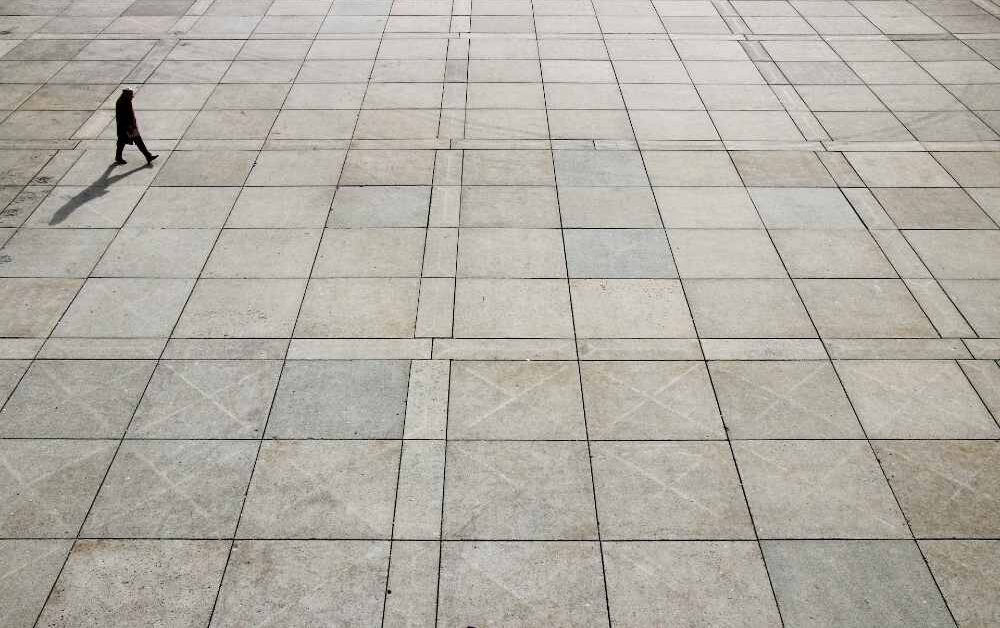Modern cities are constantly evolving, seeking innovative solutions to improve infrastructure and enhance the quality of urban life. A recent development in this quest is the introduction of pod paving, a novel approach to urban road construction. This technique offers numerous advantages, making it a game-changer for city landscapes.
Contents
Revolutionizing Urban Infrastructure with Modular Design
One of the primary benefits of this new paving method is its modular design. Unlike traditional road construction, which often requires extensive time and resources, modular paving systems are designed for quick installation and minimal disruption. This feature is particularly beneficial in bustling urban areas where time is of the essence, and minimizing traffic disruption is crucial.
The modular nature also allows for easy replacement or upgrade of individual sections without the need for a complete overhaul, offering a flexible solution to urban road maintenance. Additionally, this design can adapt to changing urban layouts, easily accommodating future city expansions or modifications.
Enhancing Durability and Reducing Maintenance Costs
Durability is another significant advantage. These paving systems are typically made from high-strength materials that withstand heavy traffic and adverse weather conditions better than conventional asphalt or concrete. This durability translates into reduced maintenance costs over time, making it a cost-effective solution for cash-strapped municipalities. However, cracks as well as other forms of wear and tear may still show up from time to time, so make sure to use Crack Sealers to fix the paving should you ever notice them appearing.
The long lifespan of these materials also means fewer resources are consumed in repairs and replacements, contributing to a more sustainable urban environment. Furthermore, the reduced need for frequent maintenance minimizes the inconvenience to the public and the associated traffic disruptions.
Promoting Environmental Sustainability
Environmental sustainability is at the forefront of urban development concerns, and this paving approach shines in this aspect. Many systems are designed with permeable materials that allow water to seep through, reducing runoff and aiding in groundwater replenishment.
Additionally, some are made from recycled materials, further lessening their environmental impact. This permeability also helps manage urban heat islands, as the surfaces are cooler than traditional asphalt. It also aids in the filtration of pollutants, ensuring cleaner groundwater and contributing to the overall health of the urban ecosystem.
Improving Aesthetic Appeal and Customisation Options
Urban aesthetics play a crucial role in city planning, and these paving solutions offer a range of customisation options to enhance the visual appeal of city streets. The possibilities for beautifying urban spaces are vast and varied, from varied colors and patterns to integrated lighting systems.
This flexibility in design not only improves the city’s visual appeal but also allows for the creation of unique, identifiable neighborhoods, enhancing the sense of community. The potential for artistic expression is immense, allowing cities to reflect their cultural and historical identity through their streetscapes.
Facilitating Smart City Integration
Integrating technology into urban infrastructure is paramount in the age of smart cities. This paving method is well-suited for such integration, with the potential to incorporate sensors and other smart technologies. This integration can improve traffic management, enhance safety, and provide valuable data for urban planning.
The embedded technology can also facilitate real-time monitoring of road conditions, alerting authorities to issues like potholes or excessive wear and ensuring timely maintenance. Furthermore, these smart capabilities can be leveraged to support autonomous vehicle navigation, playing a crucial role in the future of urban transportation.
In conclusion, the introduction of pod paving into modern cities presents a wealth of benefits, from its modular design and durability to its environmental sustainability and aesthetic appeal. The adaptability and resilience of this method promise a significant improvement in urban infrastructure. As urban areas continue to evolve, this innovative approach to road construction will likely play a pivotal role in shaping future cities. It aligns with the growing demand for sustainable, efficient, and aesthetically pleasing urban environments.

